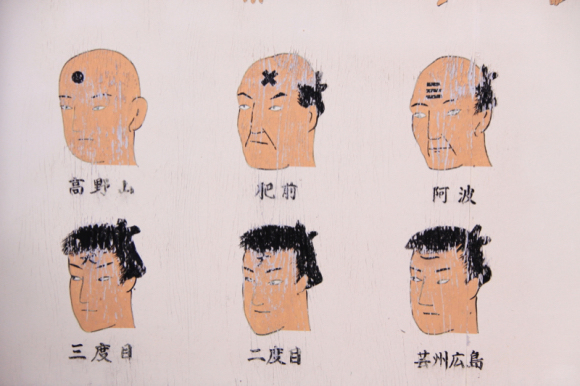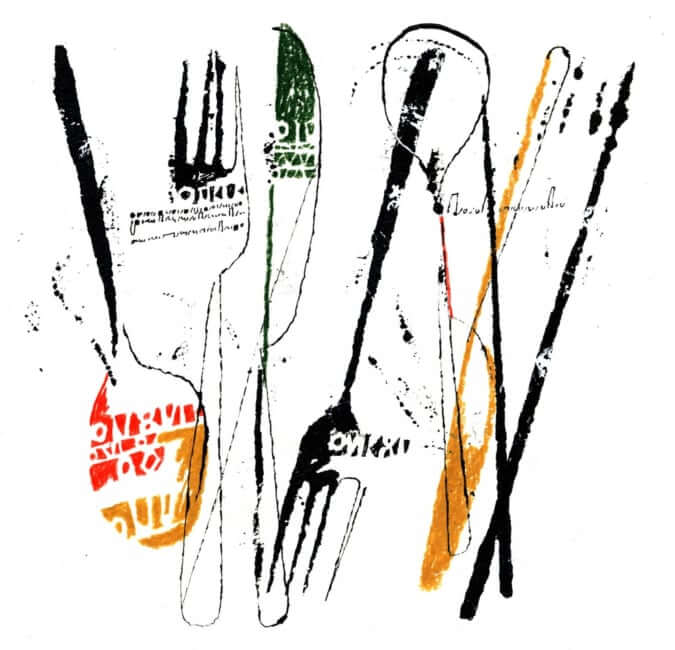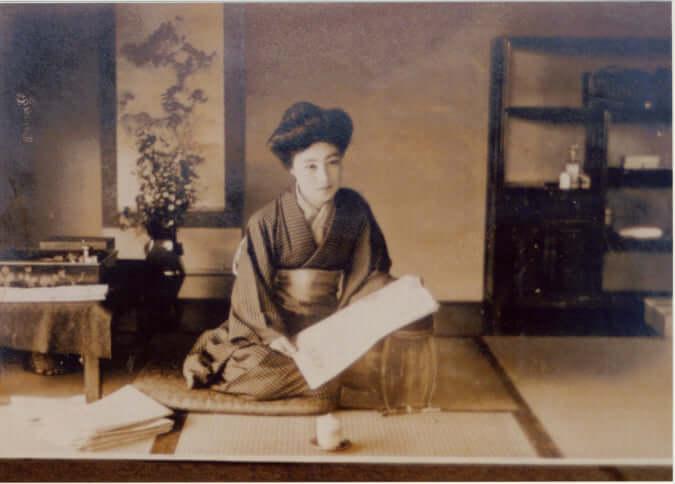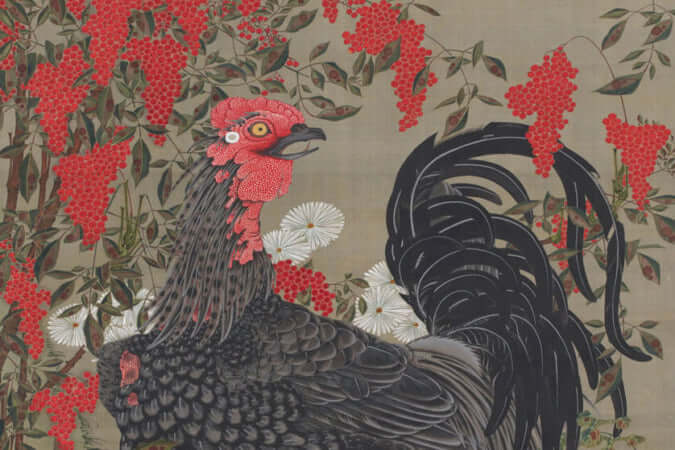‘Naoto’, Surviving in the No-Go Zone
This graphic novel by Ewen Blain and Fabien Grolleau uses words and images to tell the true story of Naoto Matsumura, a Fukushima survivor.
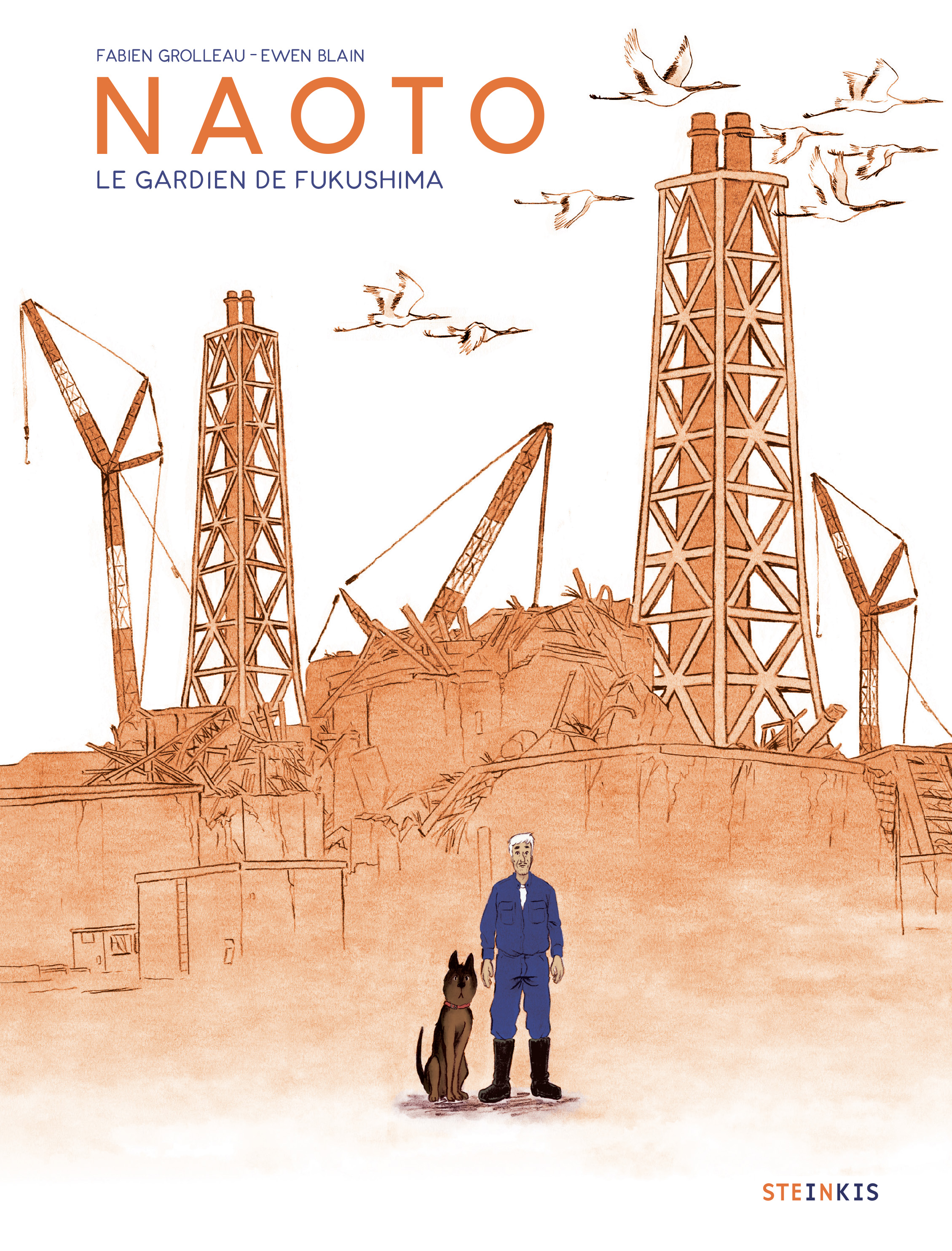
© Steinkis Éditions
The duo formed by Ewen Blain (illustrations) and Fabien Grolleau (storyline) tell the true story of Naoto Matsumura. This inhabitant of a village close to the Fukushima Daiichi Nuclear Power Plant decided to return to stay in his home the day after the violent earthquake that triggered a tsunami, then a nuclear disaster, while everyone else was fleeing this radioactive zone. His everyday existence is solitary, devoid of other human life but with many animals to take care of, the latter being loyal companions of this individual who would become one of the faces of anti-nuclear activism in Japan.
Naoto is Ewen Blain’s first comic book; until its release, he had primarily worked in children’s publishing and media. Fabien Grolleau, meanwhile, is no stranger to ecological and environmental themes, having examined them in his previous comic books, such as Mikaël ou le mythe de l’homme des bois (‘Mikaël or the Myth of the Man of the Woods’) and Le chantier (‘The Construction Site’).
Becoming an anti-nuclear activist
On 11 March 2011, as Naoto Matsumura was in his garden with his young nephew, the ground shook, and for much longer than usual. Some of the houses did not withstand the tremors, but Naoto Matsumura’s neighbours and relatives were unscathed. These residents of a little village perched on the Japanese coast in Fukushima Prefecture thought that they would only have to deal with the material damage. A few hours later, however, a wave of over ten metres in height swept the village away right in front of their eyes, before explosions rang out from the nearby nuclear power plant, giving way to fear as the residents evacuated. They were forced to leave everything behind and try to get to family members in an unaffected area, before being rejected due to the fear of radiation and ending up in an evacuation centre.
While everyone else was taking shelter, Naoto Matsumura turned back and returned to his home, determined to rescue the animals, now the only living beings occupying this area of land where humans were only supposed to set foot wearing a protective suit and gas mask and armed with a Geiger counter. The reader receives a glimpse into Naoto Matsumura’s everyday life and his political decision that would become his new battle: to send a message to the world that it is vital to stop using this energy source. This powerful tale is carried by the subtle poetry of Ewen Blain’s illustrations that show man and animals living in harmony, but that also summon heroes and ghosts from Japanese stories and legends.
Fukushima is a topic regularly examined by artists, for example by Koya Kamura in his short film Homesick that was selected at the 2020 César Awards.
Naoto (2021) by Ewen Blain and Fabien Grolleau is a graphic novel published by Steinkis (currently unavailable in English).
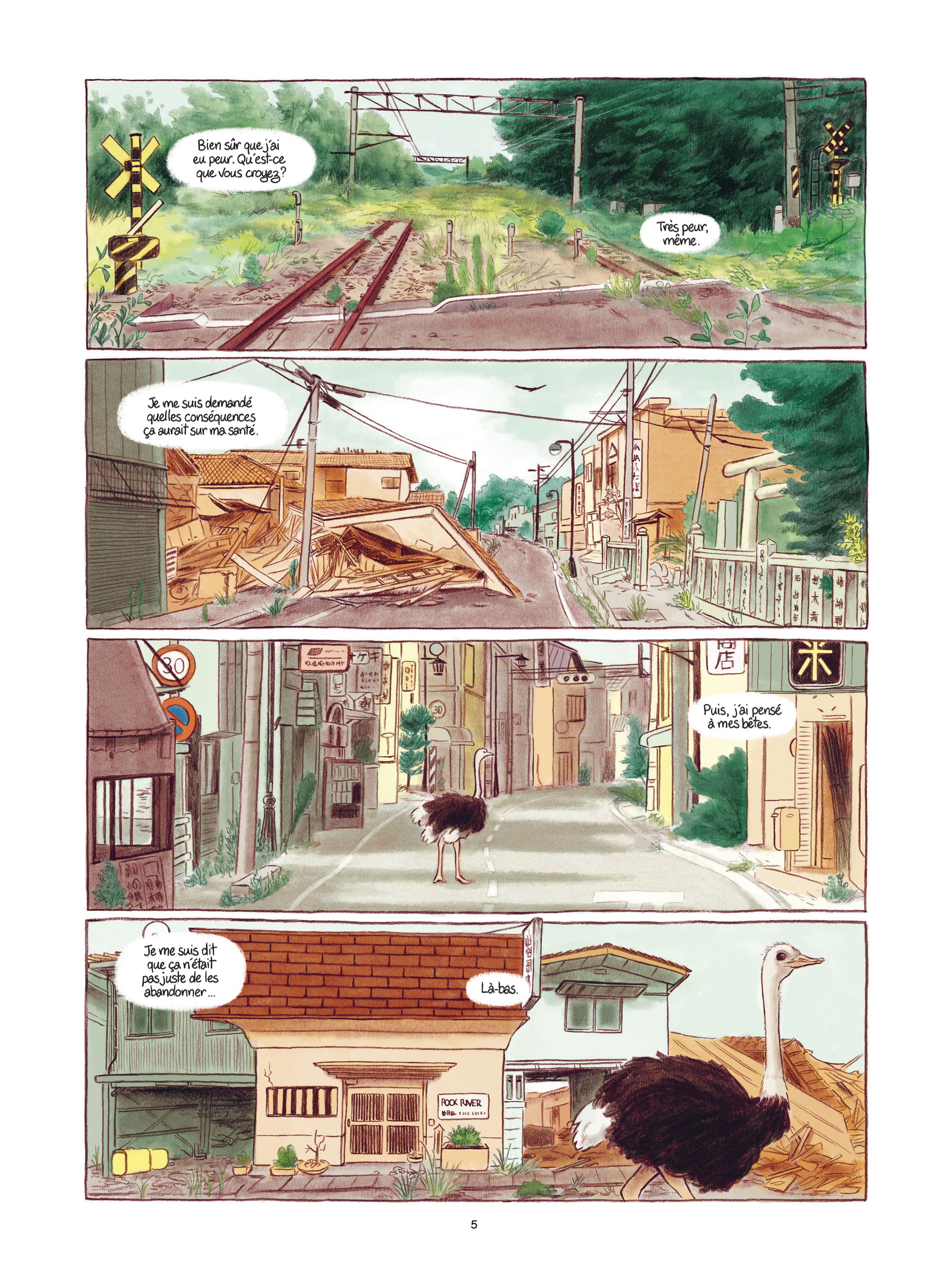
© Steinkis Éditions
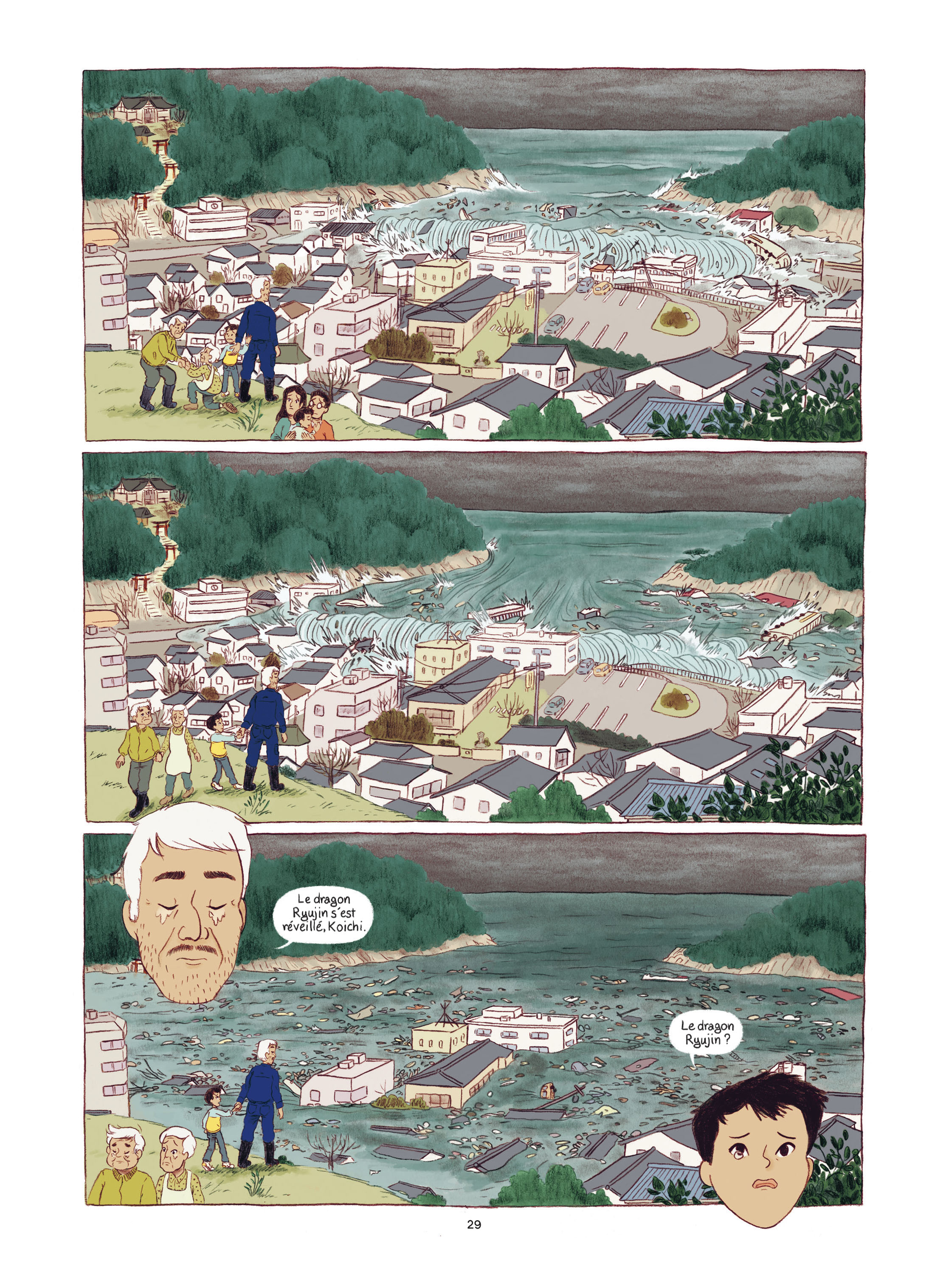
© Steinkis Éditions
TRENDING
-
The Tattoos that Marked the Criminals of the Edo Period
Traditional tattoos were strong signifiers; murderers had head tattoos, while theft might result in an arm tattoo.

-
Chiharu Shiota, Red Threads of the Soul
Last year, more than 660,000 people visited the retrospective 'Chiharu Shiota: The Soul Trembles' exhibit at the Mori Art Museum.

-
‘Before Doubting Others, Doubt Yourself. Who Can Truly Say a Dish Isn’t What It Used to Be?’
In ‘A Non-Conformist’s Guide to Surviving Society’, author Satoshi Ogawa shares his strategies for navigating everyday life.

-
The Story of Sada Yacco, the Geisha who Bewitched Europe
Described by Dazed magazine as the first beauty influencer, she has been restored to her former glory since 2019.

-
Ito Jakuchu's Naturalist Paintings
From 15 September until 14 October 2018, the Petit Palais showcased the artist's iconic ‘Images of the Colourful Realm of Living Beings’.

